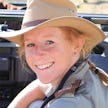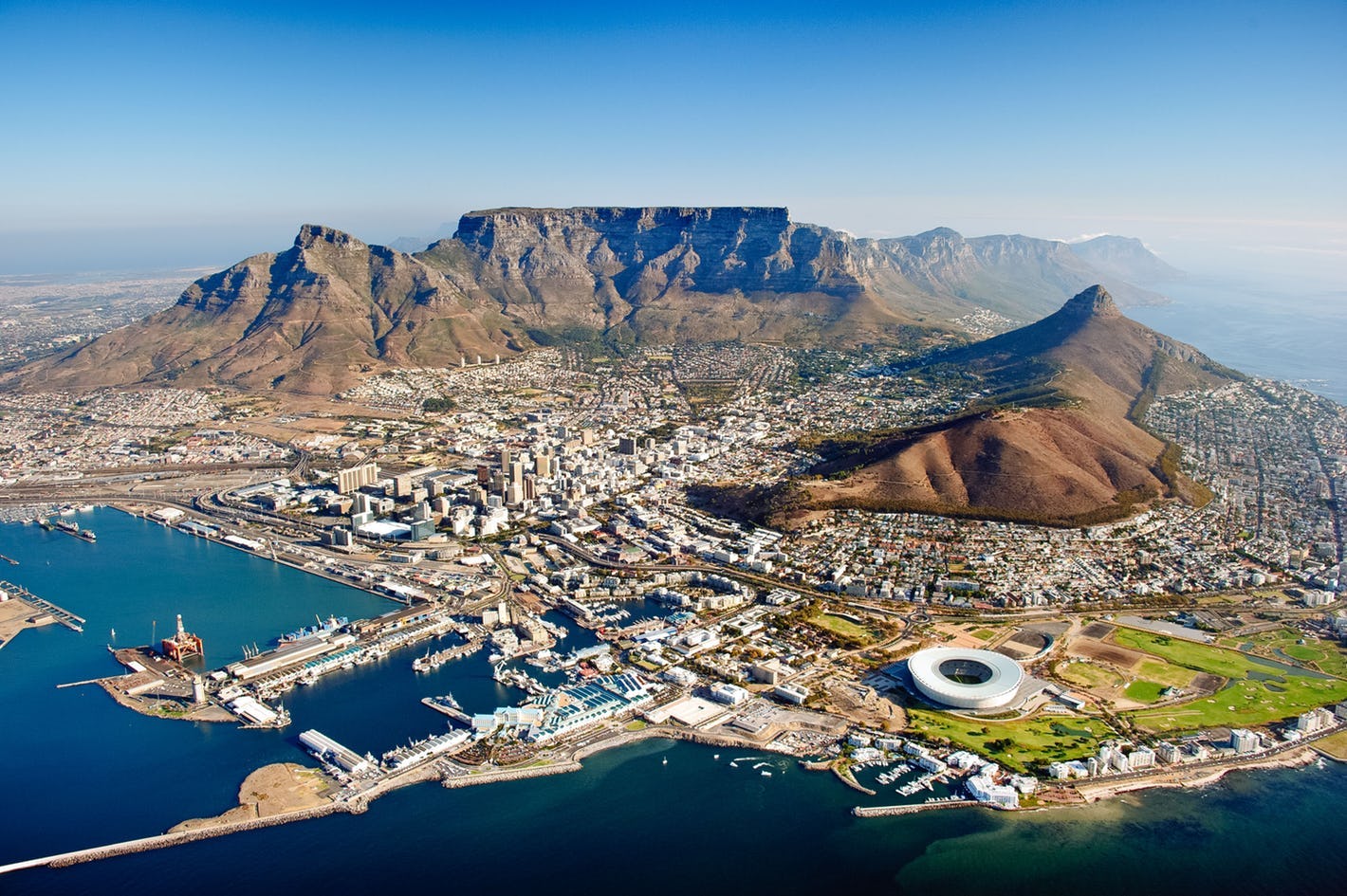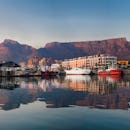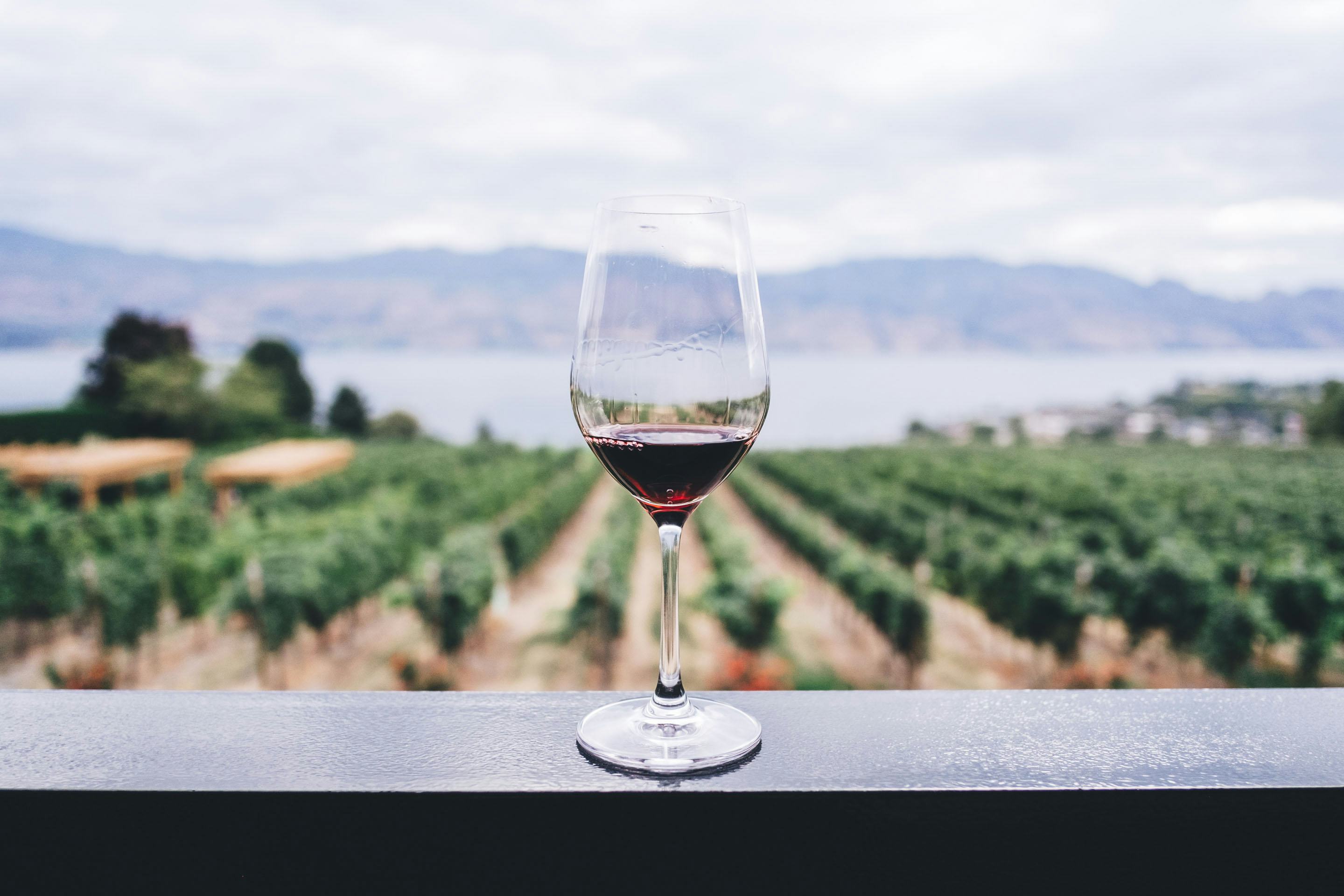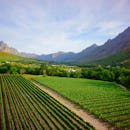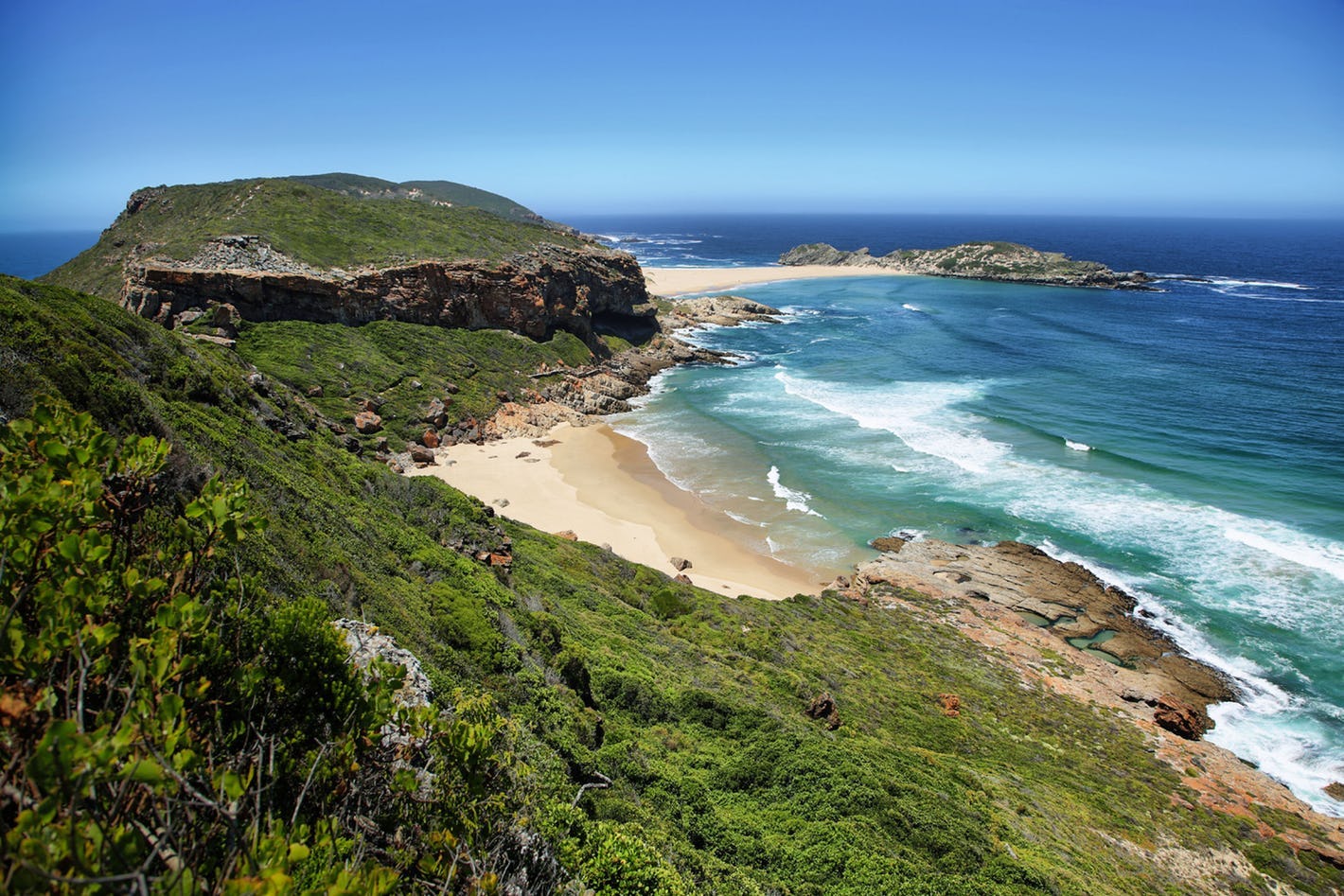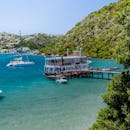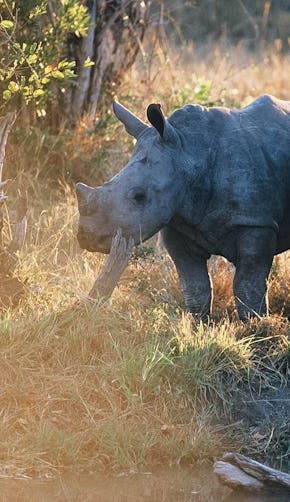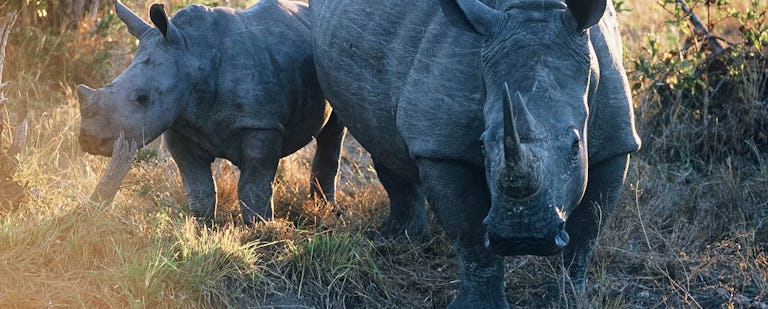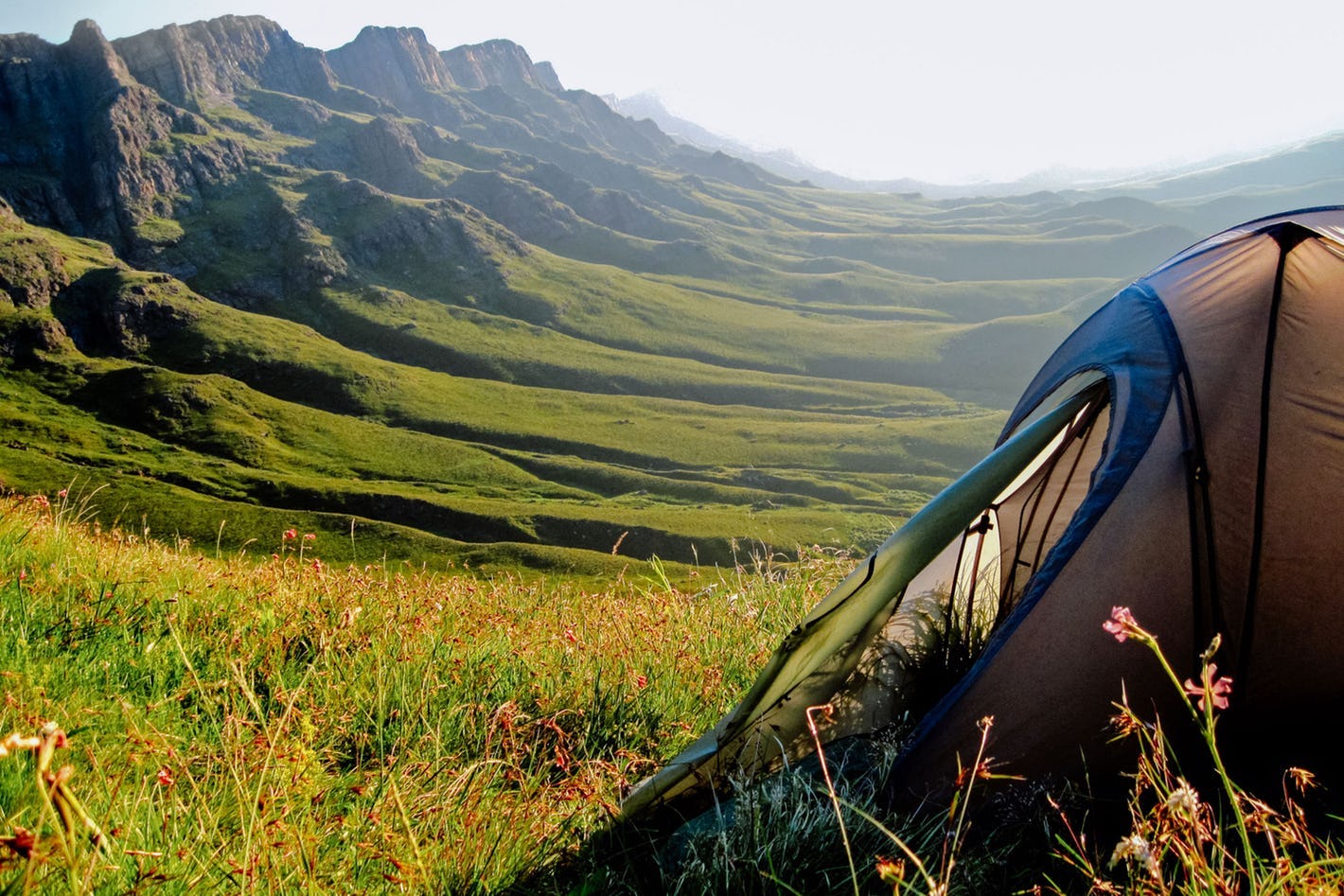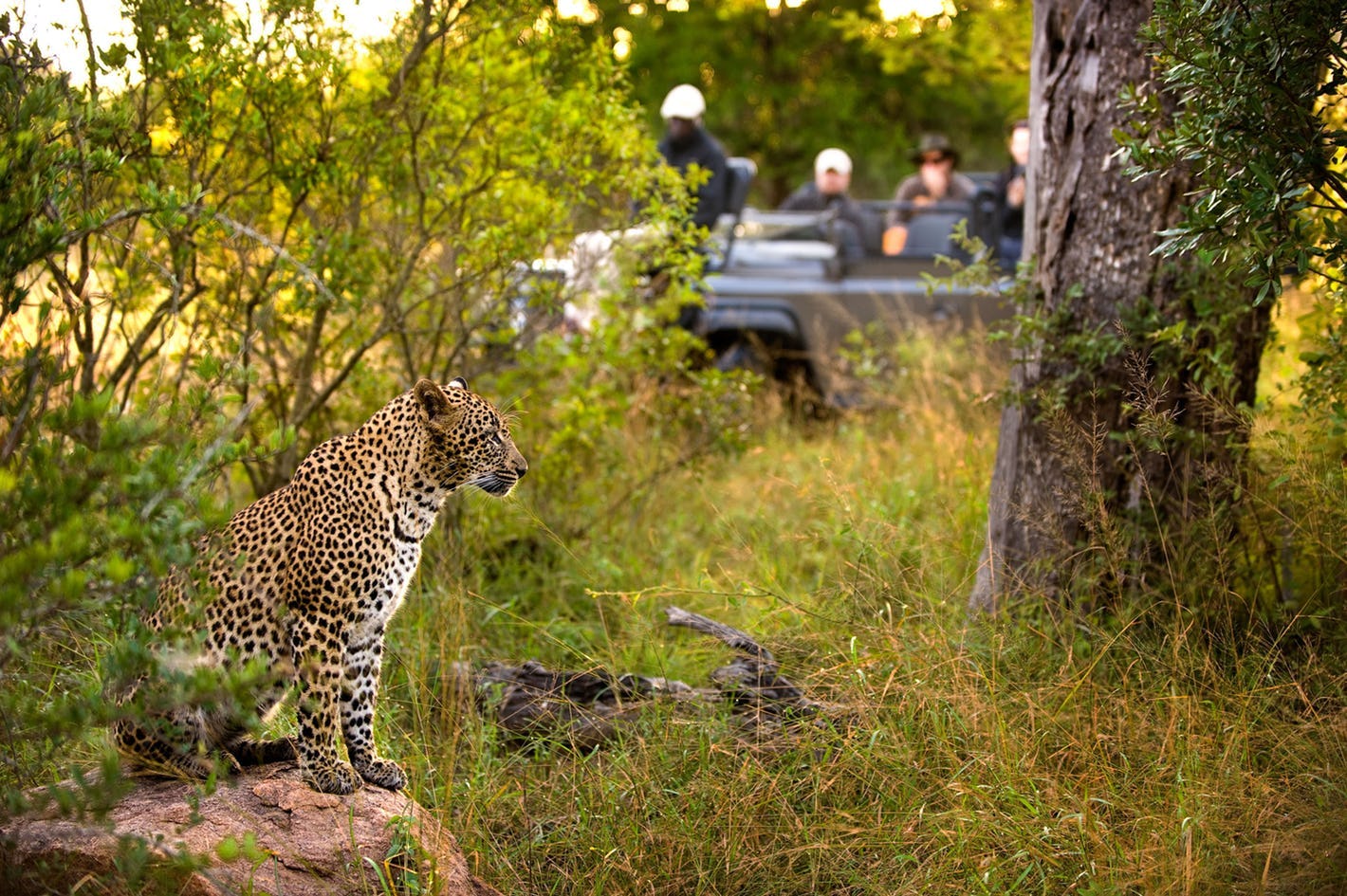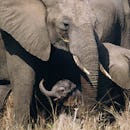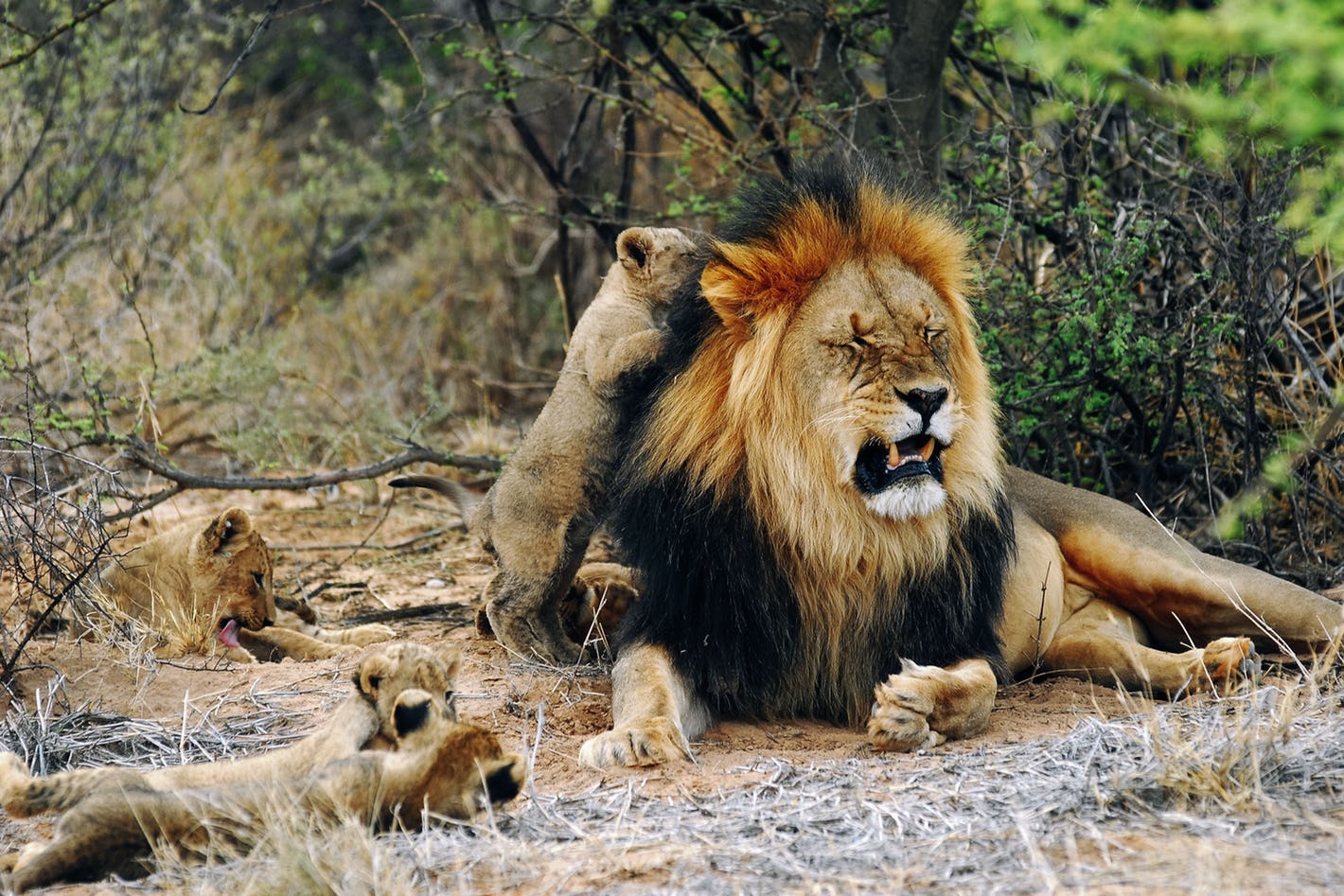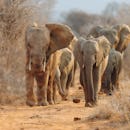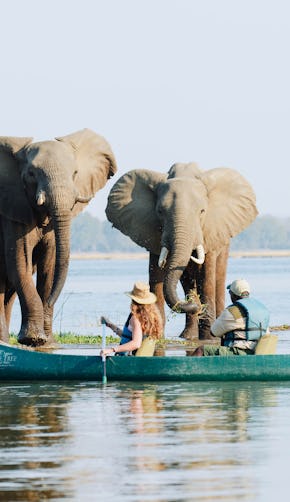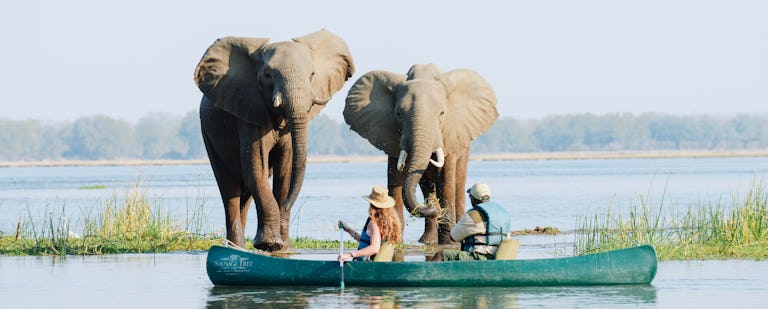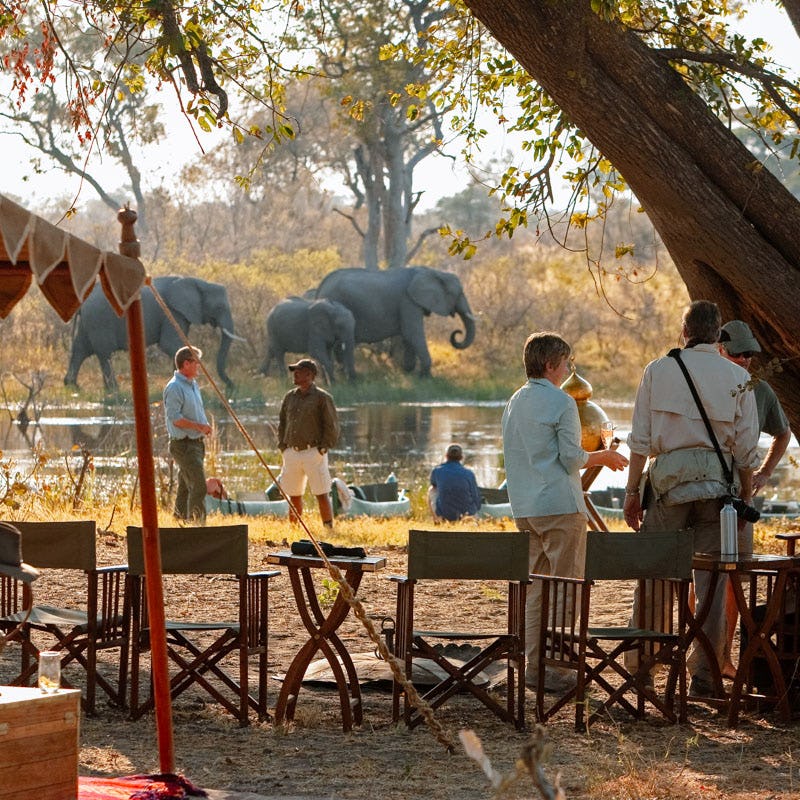South Africa is the perfect destination for first time visitors, acting almost as a microcosm for the entire continent. With outstanding game viewing, white sandy beaches, world-famous restaurants and landscapes like you’ve never seen before, you’ll be spoilt for choice! We’ve put together this South Africa safari guide to try and help break it down for you and make choosing where to visit just that little bit easier.
Cape Town
As South Africa’s hub of art, culture and excellent beaches, Cape Town tops many traveller’s must-visit lists for a reason. It’s an ideal summer city break and days can be spent trying out the excellent restaurants, hiking epic mountains, visiting some of the many boutiques, or relaxing on the sandy shores. And if all that wasn’t enough, there are a plethora of day trips and overnight adventures within easy reach of town: drive up to the foodie hub of Paternoster, camp out in the Cederberg Mountains or take a trip out to Hermanus to spot the famous whales. The Western Cape is your oyster – and you can sample some of those whilst you’re here too!
How do I do it?
There are a number of international flights that land directly into Cape Town, or you can fly into Joburg and catch a connecting flight. Either way, it’s an easy spot to reach from most places in Europe and further afield. There are also numerous flights connecting the Mother City to the rest of Africa (sometimes with a stopover, sometimes not) so tacking it onto a longer African adventure is as easy as pie.
We’d recommend hiring a car if you’re planning to stay in Cape Town for a few days. It gives you the option to discover the less-crowded beaches, take day trips out to the rest of the Western Cape and even explore the famous Cape Winelands (more on that below).
Where do I start?
The Mother City is easily added into any South Africa safari and this trip encompasses everything that’s magical in the Western Cape. Start your adventure in Cape Town before journeying to the Cape Winelands, then onto the awe-inspiring Cederberg Mountains before ending in Paternoster, the gastronomic capital of the region. For those looking to visit more than one country, we’d recommend our Highlights of Southern Africa trip which will whisk you from Victoria Falls in Zimbabwe, to South Africa to visit Kruger and Cape Town, and then a few nights on the tropical shores of Mauritius.
Cape Winelands
You really can’t visit the Western Cape without taking a trip to the famous Cape Winelands. The area is a wine lover’s heaven with glorious mountainside, rolling valleys and vineyards of all different styles producing award-winning wine and food. Franschhoek is probably the most famous village, full of French charm and quaint streets, but Stellenbosch is a heavy hitter that’s home to some of the oldest Cape Dutch farms and a variety of excellent restaurants. The lovely, smaller towns of Paarl and Wellington are definitely worth an explore too. If you’re looking to stay closer to Cape Town then Constantia is a must with its world-class wine and delicious food, all within a half-hour drive of the city centre. And, if you’re planning on visiting Hermanus to see the whales, we’d also recommend a trip to the beautiful Hemel-en-Aarde Valley – pair the two together here.
How do I do it?
If the smaller towns are of interest, we’d recommend hiring a car and self-driving or even arranging a private driver. We’d also suggest spending a least a night or two exploring the Cape Winelands – if only so you don’t have to get back to Cape Town after a lovely day sampling wine! In Franschhoek, the wine tram is an excellent way to see multiple wine farms in a day without having to argue about who’s driving, and Constantia is easily reached either by private car or Uber (can you tell we’re trying to maximise your opportunities to sample wine and not have to drive?!).
Where do I start?
You can add the Winelands into just about any Cape Town trip as the area is so easy to access from the Mother City. We love our South Africa in a Nutshell trip that visits both Cape Town and the Winelands, and spends a few days of your South Africa safari in the Kruger. For those who have wine and wildlife at the top of their Africa to-do list, our Grapes and Game Parks route will take you to the same destinations, adding in Madikwe and Tswalu Kalahari for some additional big game spotting on your South Africa safari.
Garden Route
The Garden Route: probably the trip that comes to mind for most people when they start planning a South Africa safari. The route is an incredible drive that takes you from Mossel Bay and almost the entire way along the country’s southern coast, to Plettenberg Bay. Driving the Garden Route will introduce you to the wildly varied landscapes of South Africa and you’ll see everything from incredible coastlines and pine forests to lush jungle-esque national parks – there really is no better way to understand the topography of the country. We also love the ‘alternative’ garden route, a drive that will take you through the arid Karoo (which looks bizarrely like the Wild West!) to old Cape Dutch towns such as Oudsthoorn, Prince Albert and Graaf Reinet.
How do I do it?
The Garden Route is an epic road trip, so we’d recommend starting in either Cape Town or Plettenberg Bay, hiring a car and driving the whole thing, from top to tail. There are a host of interesting spots to stop at including Wilderness, Knysna and Storms River, so you certainly won’t be short of places to lay your head. You can also drive the alternative inland route that we mentioned above and see some of the country’s less-visited (and all the better for it) destinations.
Where do I start?
Our Self-drive Garden Route trip is the classic one, and you’ll be able to embark on your own adventure through the Cape Winelands, Hermanus and along that famous route, hire car in tow. Then there’s the Alternative Garden Route that will take you through the rarely explored Karoo and it’s quirky, story-filled towns. If you would like to include some wildlife watching, then it’s this trip that’s for you: it still incorporates the best of the self-drive Garden Route but will take you a little further afield and into the Eastern Cape for a spot of safari at the end.
KwaZulu-Natal
Located in the east of South Africa and approximately the same size as Portugal, KwaZulu-Natal has some incredible offerings if you’re looking for something a little different. Hikers should head to the epic peaks of the Drakensberg Mountains, divers and snorkelers will enjoy underwater adventures amongst the corals of the Elephant Coast, wildlife enthusiasts will find everything they’re looking for in the sub-tropical sanctuary of Phinda, and even history buffs won’t be disappointed with a tour of the battlefields of the region. The list of things to do is (almost!) endless and if you chose to spend a week of your South Africa safari here, you’d more than definitely be able to fill it – and maybe even wish you’d stayed longer.
How do I do it?
Durban is the central hub of the KwaZulu-Natal region and easily accessed both internationally and within Africa. Whilst there, check out some of the local gourmet specialities; with the largest Indian population outside of India, you won’t be disappointed by the tastebud-tingling selection of food on offer and a must-try is the specialty of the city, bunny chow. Again, hiring a car is probably the best option if you want to hit all of KZN’s top spots during your stay.
Where do I start?
For a KZN adventure, there’s no better place to begin than with our Explore KwaZulu-Natal trip. This itinerary will take you from the buzzing metropolis of Durban to the genteel surroundings of the Midlands, up the towering peaks of the Drakensberg, onto the historically significant battlefields and drop you at the warm, blue waters of the Elephant Coast. If history and wildlife is more your pace then our South Africa for Culture Vultures trip is the one for you, and if you’d like to pop into neighbouring Lesotho then try this off-the-beaten-track adventure.
Kruger
Arguably the most famous game reserve in Southern Africa, Kruger has secured its reputation with a diverse variety of wildlife and an even more enormous selection of places to stay, suitable for every budget. The neighbouring private game reserves of Sabi Sands and Timbavati also draw large crowds with their luxury lodges and almost unmatched predator count. Head to the former to get up close and personal with an unprecedented number of big cats, and make a beeline for the latter if it’s the rare painted dogs you’re hoping to see. And if you’ve ever heard of the Big Five, the Kruger is famous for delivering them. So, if you’re trying to fit a lot into a small amount of time, this game-rich area is definitely the spot for a true South Africa safari!
How do I do it?
Kruger always looks a little complicated to get to when you start to research so let us try and help break it down. There are multiple airports for the park and wherever you are, one of them should be within easy reach. From Joburg, you can reach all of the four main airports (Skukuza, Nelspruit, Hoedspruit and Phalaborwa) with a short flight, and from Cape Town you can access all but Phalaborwa. Once at the airport, you’ll take either a lodge transfer or a private transfer to get to where you’re staying and our team will advise which is best for you. To save some pennies, you can also fly to Joburg and drive up to the Kruger – it’s approximately a five hour journey – or, at the other end of the scale, take advantage of the scheduled charter flights that land on the smaller airstrips within the reserve that are closer to the action (and your lodges). And if you’re feeling really fancy, why not take the famous Blue Train from Pretoria to Hoedspruit and really travel in style?
Where do I start?
Because of the many travel options available, Kruger is an easy place to add into most South Africa safari itineraries. We love it as part of two of our most popular itineraries, The Highlights of Southern Africa and South Africa in a Nutshell, but it also slots in nicely to most multi-destination trips. All in One is a spectacular choice that includes Victoria Falls, Kruger National Park and Reunion, and another good option is Lions & lemurs, a journey through South Africa and Madagascar that does exactly what it says on the tin and you’ll come face to face with the iconic Big Five before jetting off to Madagascar’s jungles and beaches.
The unexplored north
You’ve probably heard of most of the spots we’ve covered so far, but what about a South Africa safari in the less-travelled northern region? Madikwe Game Reserve is a wonderful alternative to the Kruger. Here, you can still expect to spot the Big Five as well as wild dog and cheetah (with these additions they’re known as the Madikwe Super Seven!), all against the stunning backdrop of that romantic, red earth. Also in the north you’ll find the beautiful Waterberg region, another wildlife hotspot with storybook surroundings packed with sparkling streams, intricate trees and looming, sandstone cliffs. For something a little different, there’s Tswalu Kalahari, South Africa’s arid desert region. Here, you’ll learn the ways of the Khoisan and have the chance to spot rarer creatures such as black-maned lion, pangolin and aardvark. Another selling point (if you even need one) is that each of these regions is free from malaria, making them worry and hassle-free, especially if you’re considering taking the kids.
How do I do it?
Like most spots in South Africa, these three areas are relatively easy to reach (by African standards at least!) and you can fly into all from Joburg, and from Cape Town to Tswalu. Madikwe and Waterberg are also good options for those on a budget as both are within reasonable driving distance from Johannesburg.
Where do I start?
Our Grapes and Game Parks trip includes the wildlife of Madikwe and Tswalu Kalahari, as well Cape Town and of course, a chance to sample the area’s finest export, wine! For an adventure everyone can enjoy, our Family Escape in South Africa & Mauritius will tick all the boxes, combining a South Africa safari in the beautiful Waterberg and Madikwe before heading off for some island time in Mauritius.





